by Brooke Hafling and Jada Saunders, Farnsely Middle School (Louisville, KY)
On November 26, 2013, Zaria Rayne Prunty was born weighing 7 pounds, 4 ounces and measuring 19 inches long. Before she was even born, we knew that she had some health problems; it wasn’t until birth, though, that we learned the seriousness of her health. It took 11 weeks of blood tests and scans. Finally, we knew that she had Juvenile Myelomonocytic Leukemia (JMML) and Noonan syndrome. 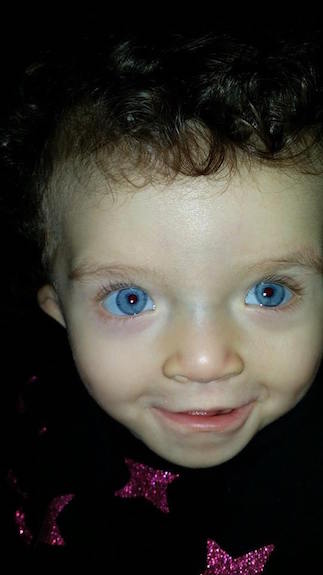
JMML is a rare form of cancer that occurs when a child has too many immature white blood cells. Luckily, Zaria only had a small strand of JMML and because of this the doctors say that it will “disappear” at 18 months old.
Zaria’s cancer will “go away” but her Noonan syndrome will never “go away”, it will never stop affecting her.
“I have three other children,” states Ashley, Zaria’s Mother. “Each different and each who have faced struggles, and will continue to face struggles in their future. But Zaria’s particular struggles will be a good deal harder than her sisters and brother. Though that doesn’t mean that we love her any less or any more than her siblings”
“I try to treat Zaria as a normal baby girl,” claims Caitlyn, “but you always have to be careful around her, because she’s so small; even compared to her little brother, she is the tiniest! I even heard that he will be walking before her, we will always have to weary of her tiny, little self.”
As stated by Patient.co.uk, a website written by doctors, Noonan syndrome can affect either boys or girls. One in a 1000 children each year is born with Noonan Syndrome. Noonan Syndrome can occur sporadically. About 1 in 2500 adults develop Noonan Syndrome.
Noonan Syndrome has many different symptoms. Some people may have one or two symptoms while others could have all. People who find out that they have Noonan syndrome as an adult have one or two minor symptoms.
Genome.gov states that some symptoms of Noonan Syndrome include abnormal bleeding or bruising problems that can be discovered at a later date, developmental delay of varying degrees, heart defects, and minor eye problems, such as strabismus, in up to 95% of people with Noonan Syndrome. Strabismus is a disorder where both eyes don’t look in the exact same direction at the same time, more commonly known as lazy eye. Finally, there can be lymphatic problems such as lymphedema in which there’s a buildup of lymph fluid in the feet resulting in swelling.
As reported by the Hematology/Oncology Department at a Children’s Hospital in Oakland, CA, Noonan Syndrome can include serious blood issues such as Valvular Pulmonary Stenosis. According to Mayo Clinic, Valvular Pulmonary Stenosis is a condition that causes the blood flow from the heart to the lungs to slow down.
In another study, conducted by the Department of Otolaryngology, Head and Neck Surgery at Louisiana State University, it was shown that about 50% of people with Noonan Syndrome can also have severe hearing loss.
A third study, done by the Department of Human Genetics at the University Hospital in Nijmegen in the Netherlands, found that children with severe Noonan Syndrome have a specific pattern of defects and capacities in cognitive functioning, involving language, memory, and attention span.
The National Institutes of Health (NIH) states that people with Noonan Syndrome have some unusual facial features, such as short stature, unusual chest shape, curly hair, deep grooves between the nose and mouth, low-set ears that are rotated backwards, pointed chin, widely-spaced eyes, generally a pale blue or blue-green, crooked teeth, excess neck skin or webbed skin, high-arched palate (which is where the top of your mouth), low hair line in the back of the neck, short neck and small lower jaw. Almost 50% to 70% of people with Noonan Syndrome have short stature, according to NIH.
Zaria was born with short stature. She is estimated to be 4’6” at full grown height. She also has curly hair, low-set ears that are rotated backwards, a short neck, pointed chin, Valvular Pulmonary Stenosis, a hole in her heart and widely spaced eyes that are a blueish-gray tint.
Zaria will grow up with Noonan Syndrome with no hope of a cure, because there isn’t one. But that doesn’t mean that there aren't treatments for specific parts/areas of Noonan Syndrome. Zaria can be treated for her low growth rate, brusing, Valvular Pulmonary Stenosis, and the hole in her heart.
Some treatments for Noonan syndrome are just for general problems and require just seeing the doctor. Others may require some surgery.
. Physical and speech therapies should be helpful for many learning disability symptoms. To deal with the bleeding and bruising, Zaria nees to avoid aspirin and aspirin-containing products, because aspirin can cause bleeding. Bleeding on top of bleeding can lead to death. Heart Problems can be treated with certain drugs, depending on the problem. Surgery may be important is there is a problem with your heart valves.
Lymphatic problems can be helped by modifying diet. Surgery can sometimes be needed if there is swelling around the heart and Lungs. Low growth rate can be treated with a growth hormone treatment. Vision problems are common, so eye exams are needed every two years. In some rare cases surgery may be required, such as cataracts.
David McNamee and other researchers at the University of California-Los Angeles on November 10, 2014, claim to have found the source of the disease and a treatment for people’s trouble with cognitive function. There are eight genes currently known that can cause Noonan Syndrome, one of these eight genes overproduces hyperactive Ras, which controls communication between brain cells. It is important because they are the center of regular cellular functions.
According to Alberto Fernandez-Medarde and Eugenio Santos, if this gene is disturbed then the pathways are disrupted causing tumor development. Tumors can be present in some Noonan syndrome cases. With a large ambount of mutated Ras, the brain cells have problems learning.
To treat this, the California researchers applied the drug statins to a mouse that had a large amount of Ras and compared it to another mouse that also had large amount of Ras but wasn’t treated with statins. Both mice were put in a maze. One mouse kept turning and returning into the same dead ends, but the mouse with the statins navigated quickly through the maze and remembered dead ends. Statins are any group of drugs that act to reduce fats including Ras, triglycerides and cholesterol. The next thing they are going to do is clinical trials
. Zaria is one year old and has almost half of her teeth; we think she will need braces and maybe home schooling. She has a new baby brother, but he is much too young for her to play with yet, although she tries. She started crawling recently and now she won’t stop moving.
“I can’t even begin to imagine what Ashley, my first born, could be going through,” says Zaria’s grandmother. “She’s raising two babies and one of them have Noonan syndrome, it just astonishes my how strong she can be.”
“I love Zaria so much, but I won’t get to do the things I did with her sisters when they were her age because of her size and development issues,” remarks her niece. “But it’s not like I won’t get to do fun things with Zaria either, they will just be safer.” Brooke Hafling Jada Saunders

This work is licensed under a Creative Commons Attribution-NonCommercial-NoDerivs 3.0 Unported License


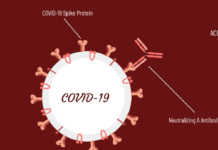
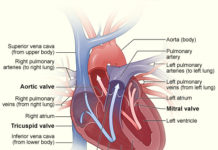
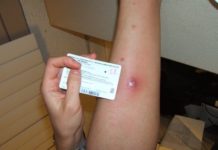
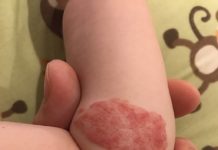
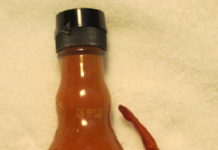
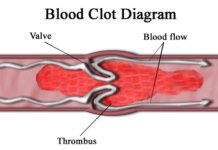






Thank you very much for your insight on this topic. My new born son has Noonan Syndrome and this really answered some of my questions.
When my sister came up and asked me if it was ok if her friend and her could write this article for her school I was so happy. She is an amazing young lady who loves her niece so much that she wanted to share Zaria’s story with others. Thank you Brooke for writing this and sharing with others.
Very useful collection of information. Thank you.